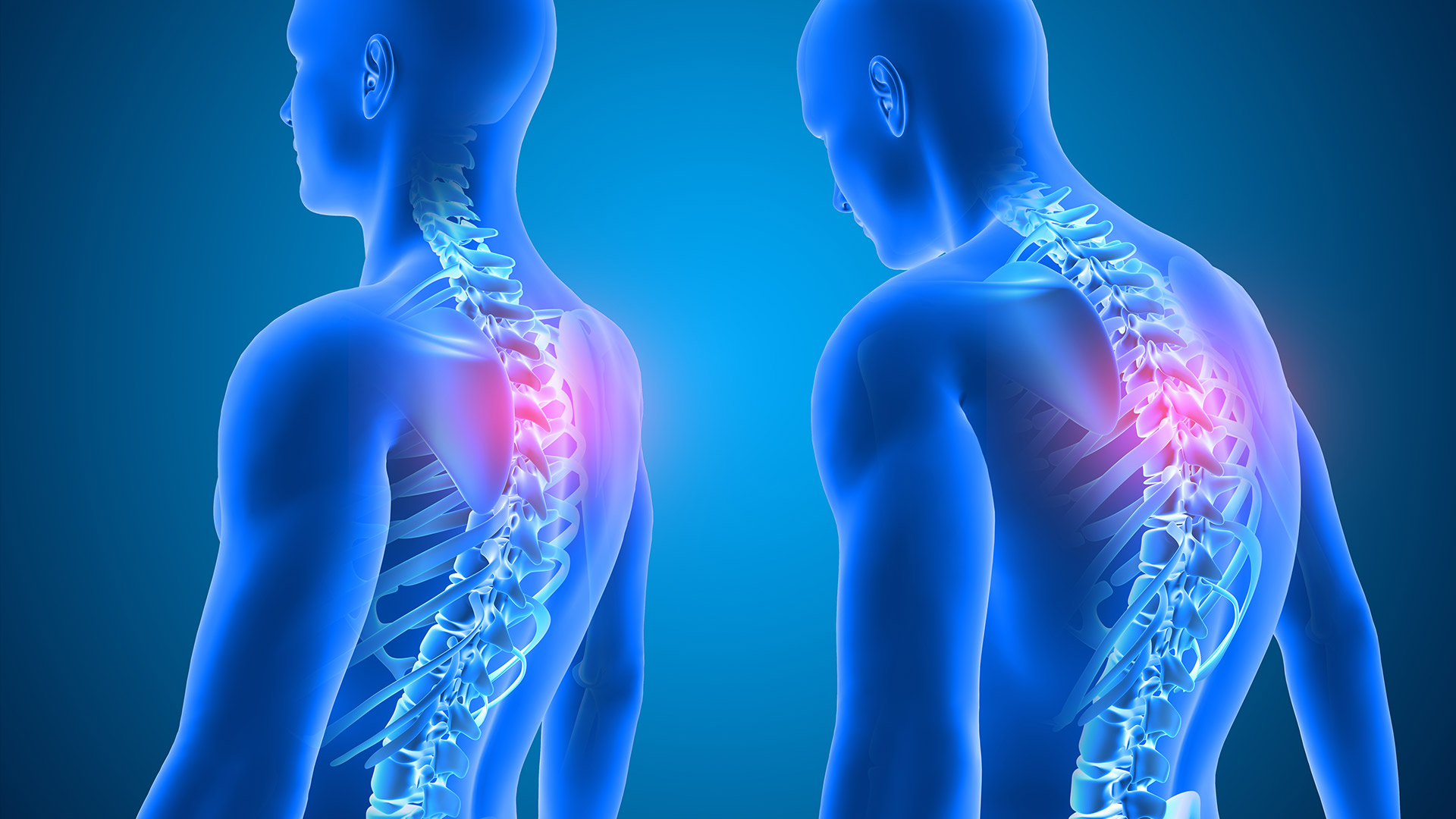- Prof. Dr. Şevki Erdem
- 0 Comments
The human spine has anatomical reverse curves (in the neck, upper back, lower back, and pelvic bone) that follow each other when viewed from the side. Kyphosis is most commonly seen as a disease in the back region. Orthopaedics, Scoliosis and Spinal Surgery Prof. Dr. Şevki Erdem shares his views on the subject.
When kyphosis patients are viewed from the side, the head appears more forward than the body. When viewed from the side, a protrusion is also seen on the back. In some patients, there is also an increase in the hollow of the lower back. These changes may not be noticeable in most patients when they are wearing clothes.
Kyphosis can rarely occur during fetal growth. Abnormalities that occur during the growth of the spine, especially in the first 3 months, can create the beginning of hunchback in the baby. The deformity and adhesion of the vertebrae can provide a ground for the beginning of hunchback.
Babies and children who show signs of kyphosis at an early age should be examined by a specialist doctor without delay. Symptoms of kyphosis in babies include abnormal arms and legs, uneven shoulders, legs and arms, disproportionate torso, balance disorders, and a noticeable hunchback when leaning forward.
With the examination performed by a specialist doctor and the treatment method decided afterwards, the progression of kyphosis in later years can be prevented and the spinal curvature can be tried to be brought back to normal size. It is important to have early diagnosis and treatment during the treatment stage. The most effective treatment method for kyphosis that occurs at an early age is kyphosis surgery. With kyphosis surgery, the patient’s spinal curvature is not eliminated, but is treated by being brought back to normal size.
It is recommended to wait until the age of 1 for kyphosis surgery in early age cases. Anyone who has a kyphosis condition after the age of 1 can be treated with kyphosis surgery.
Kyphosis in Adults
Kyphosis, can be seen in adults when the curvature that occurred congenitally progresses in later years. The degree of hunchback that is not intervened at an early age has a structure that can renew itself with more curvature.
There are 3 types of treatment methods for kyphosis in adults. It should not be forgotten that there is an appropriate treatment method for each kyphosis degree, and it is necessary to consult a specialist doctor for the appropriate kyphosis treatment method.
The types of kyphosis treatments are kyphosis physiotherapy exercises, kyphosis braces, and kyphosis surgery. The degree of hunchback is very important in determining which treatment method to apply to eliminate hunchback. Exercise is recommended for kyphosis between 50-55 degrees, a brace is recommended for kyphosis between 55-70 degrees, and surgery is recommended for kyphosis of 70 degrees or more. The degree of hunchback is determined after a detailed examination by a specialist doctor.
It should not be forgotten that there is an appropriate treatment method for each kyphosis degree.
Reasons of Kyphosis
Kyphosis, known as hump, may be congenital or may occur due to subsequent causes. Kyphosis, which is defined as a curvature of the spine more than 50 – 55 degrees forward, should be treated with appropriate treatment methods.
Known causes of kyphosis;
• Degeneration of the spine due to external factors, • Osteoporosis, • Spinal fractures, • Inflammations around the spine, • Tuberculosis and spinal infections, • Cancer diagnoses that can affect the spine, • Benign tumour diagnoses, • Insufficient growth of the growth nuclei in the front of the spine in developing children, • Stroke diagnoses.
Can kyphosis be prevented? What can be done to prevent it?
Exercises aimed at preventing kyphosis are generally related to poor posture. It is necessary to stretch the short abdominal, chest, and leg muscles, as well as to strengthen the muscles around the spine. In cases where the inclination is too high, surgical treatment should be applied. While the hump is corrected by the surgical operation, the progression of the curvature can also be prevented.
Especially in women, serious back pain and hunching can cause difficulty in breathing as well as psychological problems.
Initially, this hump is thought to be related to posture, but over time, it can progress and become permanent.
In cases where back pain persists and hunching is significant for a long time, it is essential to have a kyphosis measurement and to be monitored by a physician.
In addition, there are certain simple measures that can be taken for back pain and hunching due to sedentary lifestyle. Strengthening exercises for the back and abdominal muscles, as well as swimming, are particularly important.


